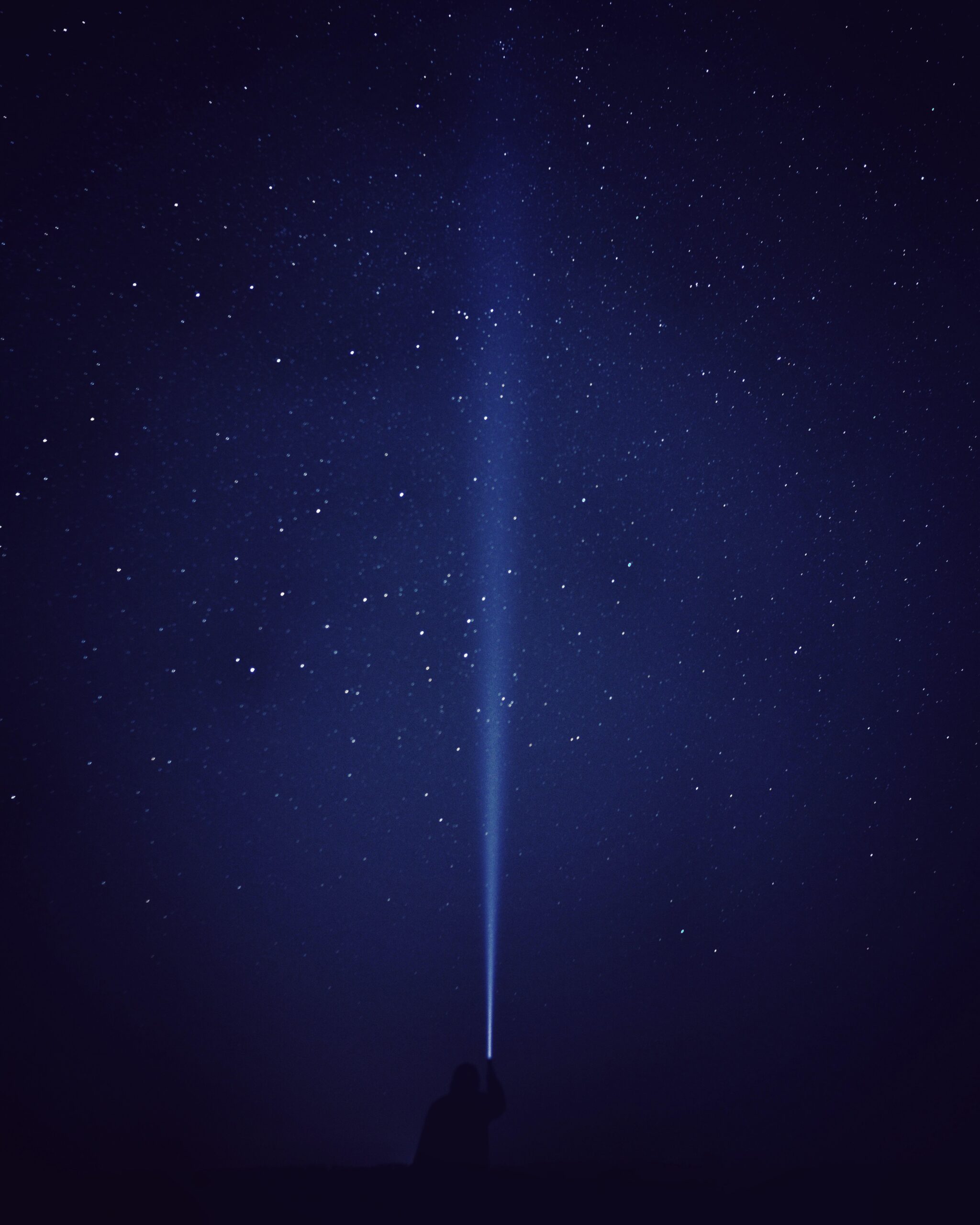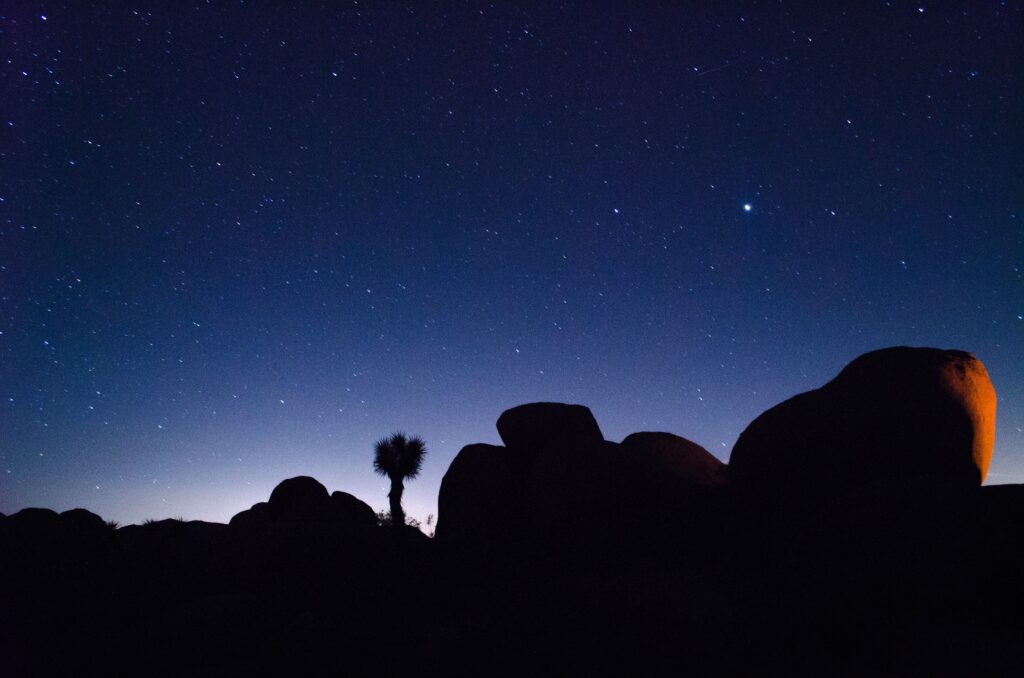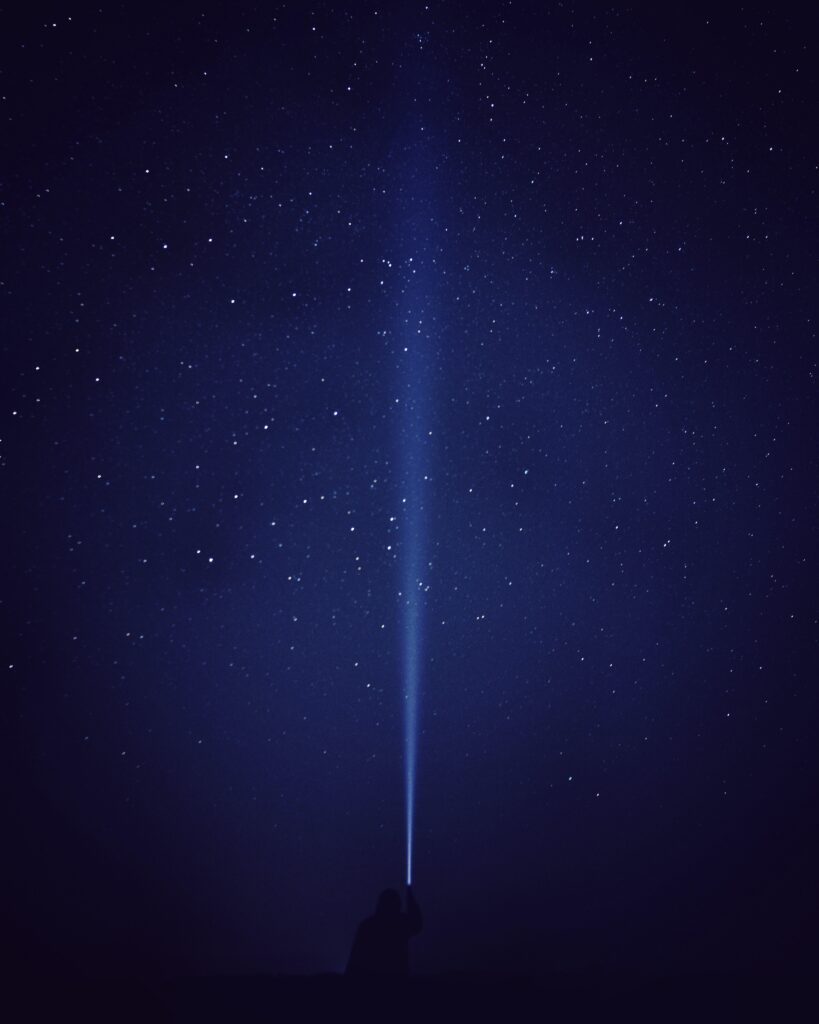
If you’ve ever looked up at the night sky and marveled at the vastness of the universe, you may have wondered when is the best time to observe planets. Whether you’re an amateur stargazer or an avid astronomy enthusiast, timing your observations can greatly enhance your viewing experience. In this article, we will explore different factors that determine the ideal window for observing planets, from their visibility to atmospheric conditions. So grab your telescope, and let’s embark on a celestial journey to discover the perfect moment to witness the wonders of our solar system.

Factors Affecting Observation of Planets
Observing planets in the night sky can be a fascinating experience, but certain factors can affect how well you can see them. In this article, we will explore some of the key factors that can impact your ability to observe planets. By understanding these factors, you can maximize your chances of successful planet-watching.
Time of Year
The time of year is an important consideration when observing planets. Different planets become visible at different times throughout the year due to their varying orbital periods. It is essential to be aware of the planetary events that occur at specific times of the year, such as opposition and conjunction, as they significantly affect planetary visibility.
Opposition
Opposition refers to the alignment of Earth, a planet, and the Sun in a straight line. During opposition, the planet is at its closest point to Earth, making it appear brighter and larger in the sky. This alignment occurs when Earth overtakes a slower-moving planet in its orbit around the Sun. It is an optimal time to observe planets since they are visible throughout the night, rising in the east at sunset and setting in the west at sunrise.
Conjunction
Conjunction, on the other hand, involves the alignment of a planet with the Sun as seen from Earth. During a conjunction, the planet is situated behind or very close to the Sun as viewed from our planet. The glare from the Sun makes it difficult to spot the planet during conjunction, rendering it virtually invisible. Thus, conjunction periods are not ideal for observation.
Visibility
Apart from opposition and conjunction, the visibility of planets is also influenced by other factors, such as their orbital positions. Some planets are closer to the Sun than Earth, making them visible only during specific stretches of the year. For instance, Mercury and Venus, known as the inner planets, are often seen shortly after sunset or before sunrise due to their proximity to the Sun. The outer planets, like Jupiter and Saturn, appear best during their opposition periods.
Time of Day
The time of day also affects planet visibility. Different times of day offer unique opportunities for observing planets.
Morning
In the morning hours, just before sunrise, the sky gradually brightens, presenting a delicate window of opportunity to observe the planets. During these predawn hours, planets like Venus and Jupiter may be visible close to the eastern horizon, shining brightly against the backdrop of the fading night sky.
Evening
In the evening, shortly after sunset, there is a period known as twilight. This is when the sky slowly darkens, allowing for the observation of planets. During twilight, you can spot planets like Mars and Saturn, which are visible near the western horizon.
Night
Nighttime observation is different from morning and evening observations, requiring consideration of additional factors such as lunar phases and planetary alignment.
Moon Phase
The phase of the Moon can impact the visibility of planets. A bright and full Moon can overpower the fainter glow of planets, making them harder to observe. It is advisable to choose nights when the Moon is in its crescent or gibbous phase. During these phases, the Moon’s illumination is less intense, enhancing the visibility of planets against the dark sky.
Planetary Alignment
Planetary alignment refers to the relative positions of planets in the sky. When planets align, they create visually stunning celestial formations that can be a delight to observe. Additionally, having multiple planets visible at once can provide a unique opportunity for comparison and appreciation. Keep an eye on astronomical events like planetary conjunctions, where two or more planets appear close together, as these moments offer outstanding observing possibilities.
Choosing the Right Time
To determine the best time for nighttime observation, it is essential to consider the Moon’s phase, the alignment of the planets, and the local time of sunset or sunrise. Tools such as astronomical calendars, smartphone apps, or online resources can help you plan your observations effectively.
Weather Conditions
Weather conditions have a significant impact on the visibility of planets. Clear skies are crucial for optimal observation, as clouds and atmospheric conditions can obscure the view of celestial objects. It is advisable to choose nights when the weather forecast predicts clear skies and minimal cloud cover. Having a backup plan and being flexible with your observation schedule can help ensure that you don’t miss out on great viewing opportunities due to poor weather conditions.

Light Pollution
Light pollution is a common challenge faced by many stargazers, especially those living in urban areas. Bright artificial lights can diminish the visibility of celestial objects, including planets. To improve your chances of observing planets clearly, it is recommended to seek out locations with minimal light pollution. Rural areas, far from the glare of city lights, offer darker skies and better viewing conditions. Identifying local parks, nature reserves, or astronomical observatories can provide you with suitable spots for observing planets.
Reducing Light Pollution
If access to dark sky locations is limited, taking steps to reduce light pollution can still improve your observation experience. Shielding outdoor lighting by directing it downward, using warm-colored or amber LED bulbs, and being mindful of unnecessary outdoor lighting can contribute to a more favorable observing environment. Encouraging awareness and education about the impact of light pollution can also help protect our view of the night sky for future generations.
Ideal Locations for Observation
When it comes to planet observation, finding the ideal location is key. Scouting for spots on higher ground, away from obstructing buildings or trees, can provide an unobstructed view of the sky. Additionally, being mindful of the local landscape features, such as hills or mountains, can offer unique vantage points for observing planets. Remember, the darker and clearer the sky, the better your chances of capturing breathtaking views of the planets.
In conclusion, several factors affect the observation of planets. By considering the time of year, time of day, weather conditions, and light pollution levels, you can enhance your chances of enjoying a rewarding planet-watching experience. Remember to plan your observations well in advance, track astronomical events, and find optimal locations to maximize your chances of witnessing the captivating wonders of the planets in our solar system. Enjoy your journey through the night sky and the wonders it holds!








